Hydrangea Care
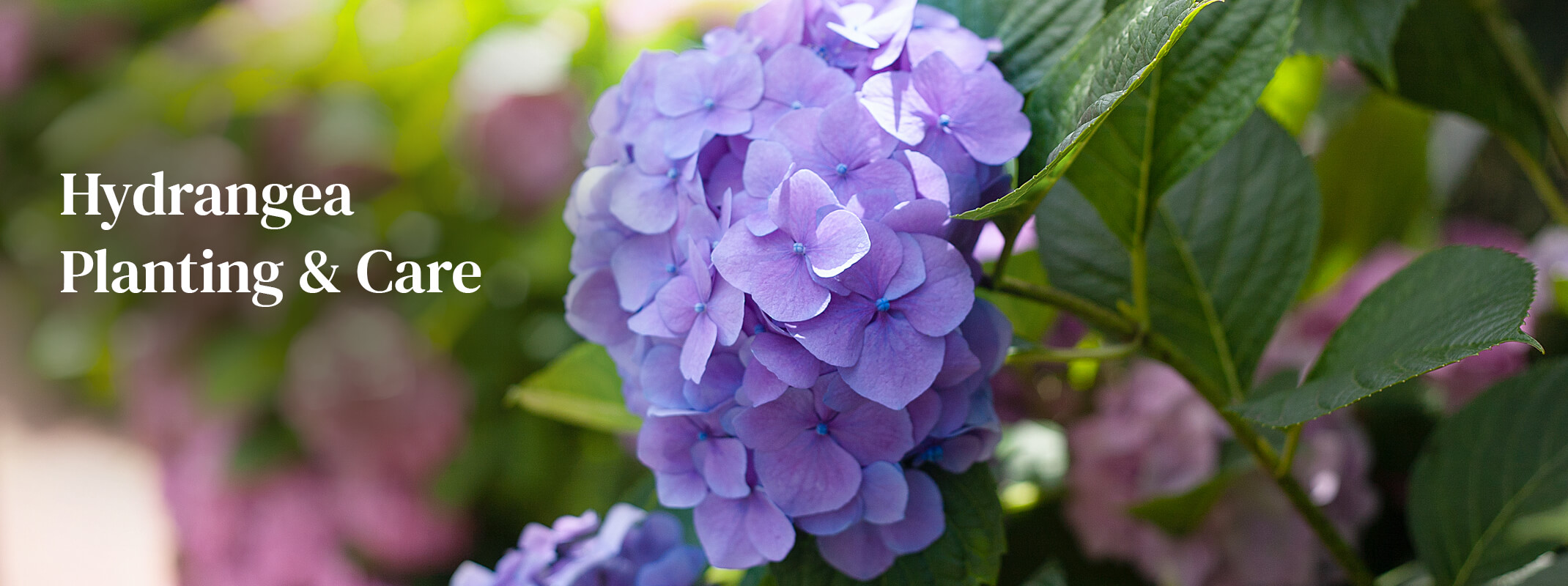 Hydrangeas are beautiful plants that thrive in the California climate. The fullness of the hydrangea plant combined with its colorful clusters of flowers, make this plant a garden staple. Walk down any street and you are sure to find varieties of the hydrangea macrophylla plant. Hydrangea care is quite simple once you learn the basics of planting hydrangeas and pruning hydrangeas.
Hydrangeas are beautiful plants that thrive in the California climate. The fullness of the hydrangea plant combined with its colorful clusters of flowers, make this plant a garden staple. Walk down any street and you are sure to find varieties of the hydrangea macrophylla plant. Hydrangea care is quite simple once you learn the basics of planting hydrangeas and pruning hydrangeas.
Hydrangea Care
Planting Hydrangeas: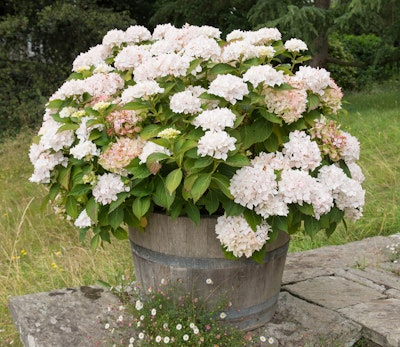
- Find the right spot for your hydrangea:
- Prefer morning full sun location and afternoon shade. Some varieties will bloom in partial shade. This is especially true for the big leaf hydrangeas
- Prep soil:
- The ideal soil is loam. Most hydrangeas prefer rich, porous, somewhat moist soil.
- Add compost to improve poor soil. Your soil should have at least 5 percent organic matter spread 2 – 6 inches deep across the entire bed.
- Planting
- Space your hydrangeas far enough apart that the plants will barely touch when they are fully grown.
- Dig planting hole slightly larger than the pot size, and place any fertilizer, organic material or nutrients in the hole before putting your hydrangeas in place.
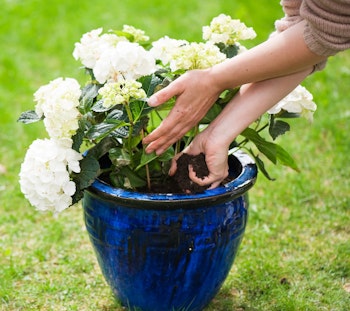
- Loosen roots with fingers if tightly packed.
- Make sure that the crown of the plant is even with the ground level.
- Refill the hole with soil and pack it firmly around the crown.
- Create a water dam around the newly planted hydrangea. Fill the dam with water, let it drain and then refill it.
Fertilizing:
- Fertilize in spring or early summer.
- Use a granular, slow-release fertilizer with a high percentage of phosphorus.
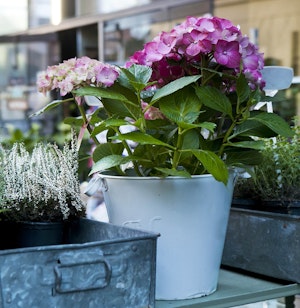 Make sure you don’t use too much fertilizer as this can cause hydrangeas to grow big green leaves, but stunt bloom growth.
Make sure you don’t use too much fertilizer as this can cause hydrangeas to grow big green leaves, but stunt bloom growth.
Watering:
- Keep the soil around your hydrangeas moist, but not wet. Overwatering can reduce flower production.
- Water hydrangea plants when the soil feels dry.
- High afternoon temperatures may cause your plants to wilt a bit in the afternoon, but should bounce back when temperatures cool down. To reduce this, water in the morning or evening when the sun is not as intense.
- Mulching will also help conserve water and keep ground cool.

Pruning Hydrangeas:
The Bigleaf variety, (hydrangea macrophylla, hydrangea paniculata and hydrangea quercifolia)
- Prune after the flowers fade.
- Do not prune after August 1.
- Only remove dead wood in the fall or very early spring.
- To prune, cut one or two of the oldest stems down to the base to encourage branching and fullness.
Other Hydrangeas
- Oakleaf, panicle, and smooth hydrangeas blossom on the current season’s wood. They should be pruned in the later winter when the plant is dormant BEFORE bloom.
- As a general rule, prune only dead branches, and do not prune to shape the bush.
Additional Care:
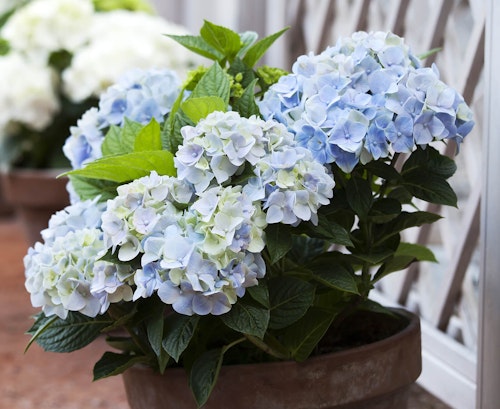 In the fall, cover plants with at least 18 inches of bark mulch, leaves, pine needles, or straw. For best cold weather care, try to cover the entire plant by making cages out of snow fencing or chicken wire, and loosely filling the cages with leaves.
In the fall, cover plants with at least 18 inches of bark mulch, leaves, pine needles, or straw. For best cold weather care, try to cover the entire plant by making cages out of snow fencing or chicken wire, and loosely filling the cages with leaves.
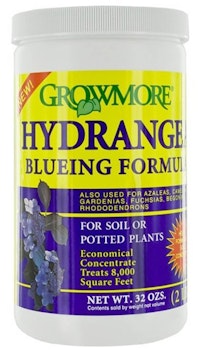 You can increase the intensity of the Hydrangea's blue color by simply adding Grow More Hydrangea Bluing Formula is a soil application that contains aluminum sulfate to help acidify soil and intensify the blue color in flowering plants. Also used for Azaleas, Camellias, Gardenias, Fuchsias, Begonias and Rhododendrons.
You can increase the intensity of the Hydrangea's blue color by simply adding Grow More Hydrangea Bluing Formula is a soil application that contains aluminum sulfate to help acidify soil and intensify the blue color in flowering plants. Also used for Azaleas, Camellias, Gardenias, Fuchsias, Begonias and Rhododendrons.
At SummerWinds Nursery, we offer the best selection of hydrangea plants. Our Trusted Garden Advisors are ready to answer all of your questions on hydrangea care and help you select the perfect hydrangea plant for your garden.
For information on Hydrangea Varieties Learn More
Visit your local SummerWinds Nursery today where we guarantee success!

